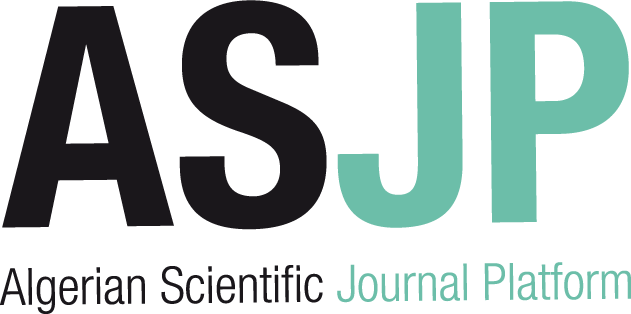| Titre : |
Structural analysis with finite elements |
| Type de document : |
texte imprimé |
| Auteurs : |
Paolo Rugarli, Auteur |
| Editeur : |
London : Thomas Telford |
| Année de publication : |
2010 |
| Importance : |
XI, 413 p. |
| Présentation : |
ill. |
| Format : |
24 cm |
| ISBN/ISSN/EAN : |
978-0-7277-4093-9 |
| Note générale : |
Bibliogr. p. 407. - Index |
| Langues : |
Anglais (eng) |
| Mots-clés : |
Structural analysis (Engineering)
Finite element method |
| Index. décimale : |
624.04 Projet de structure. Méthodes graphiques et analytiques pour la recherche et le calcul des structures |
| Résumé : |
Structural Analysis with Finite Elements reveals the theory behind the finite element (FE) method as it relates to structural engineering and explains how to overcome commonly encountered problems and errors found in everyday structural modelling with finite element software. Drawing on nearly 20 years of experience as a structural engineer and FE software developer, Paolo Rugarli gives readers clear guidance on the fundamental principles of the FE method, demonstrating through practical examples how these principles apply to the kind of FE modelling that goes on every day in structural design departments. Explaining computational methods from the software users' point of view, Structural Analysis with Finite Elements also points out the risks involved in using FE software packages, analysing typical errors and problems, with extensive reference to real world examples. Key features of the book are: focuses on the practical structural engineering applications of FEM; goes back to first principles; gives readable, accessible and concise explanations; identifies common pitfalls that analysts encounter when devising structural models; applicable to all FEM software. Containing the theory and practice of finite element analysis, this book will prove a valuable guide for structural engineers and students worldwide. |
| Note de contenu : |
Summary :
1. Overview
2. Elasticity : special formulations
3. The finite element
4. Assembly
5. Actions
6. Constraints
7. Solving and stress recovery
8. Error assessment
9. Structural problems
10. The most common finite elements
11. Problems in modeling
12. The problem of checking |
Structural analysis with finite elements [texte imprimé] / Paolo Rugarli, Auteur . - London : Thomas Telford, 2010 . - XI, 413 p. : ill. ; 24 cm. ISBN : 978-0-7277-4093-9 Bibliogr. p. 407. - Index Langues : Anglais ( eng)
| Mots-clés : |
Structural analysis (Engineering)
Finite element method |
| Index. décimale : |
624.04 Projet de structure. Méthodes graphiques et analytiques pour la recherche et le calcul des structures |
| Résumé : |
Structural Analysis with Finite Elements reveals the theory behind the finite element (FE) method as it relates to structural engineering and explains how to overcome commonly encountered problems and errors found in everyday structural modelling with finite element software. Drawing on nearly 20 years of experience as a structural engineer and FE software developer, Paolo Rugarli gives readers clear guidance on the fundamental principles of the FE method, demonstrating through practical examples how these principles apply to the kind of FE modelling that goes on every day in structural design departments. Explaining computational methods from the software users' point of view, Structural Analysis with Finite Elements also points out the risks involved in using FE software packages, analysing typical errors and problems, with extensive reference to real world examples. Key features of the book are: focuses on the practical structural engineering applications of FEM; goes back to first principles; gives readable, accessible and concise explanations; identifies common pitfalls that analysts encounter when devising structural models; applicable to all FEM software. Containing the theory and practice of finite element analysis, this book will prove a valuable guide for structural engineers and students worldwide. |
| Note de contenu : |
Summary :
1. Overview
2. Elasticity : special formulations
3. The finite element
4. Assembly
5. Actions
6. Constraints
7. Solving and stress recovery
8. Error assessment
9. Structural problems
10. The most common finite elements
11. Problems in modeling
12. The problem of checking |
|  |










